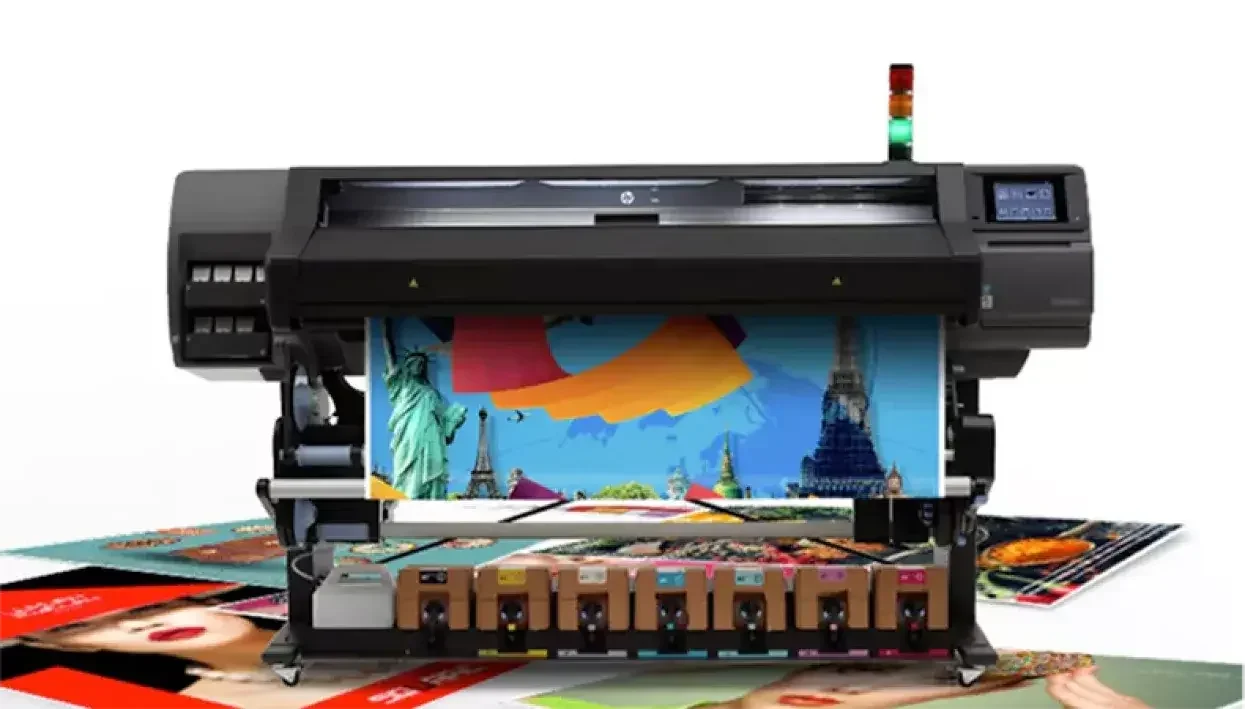Inks
Sustainability
Wide Format Printing
Latex printing and sustainability
Author
FESPA Staff
Published Date
20/08/2021
Become a FESPA Member
to Continue Reading
